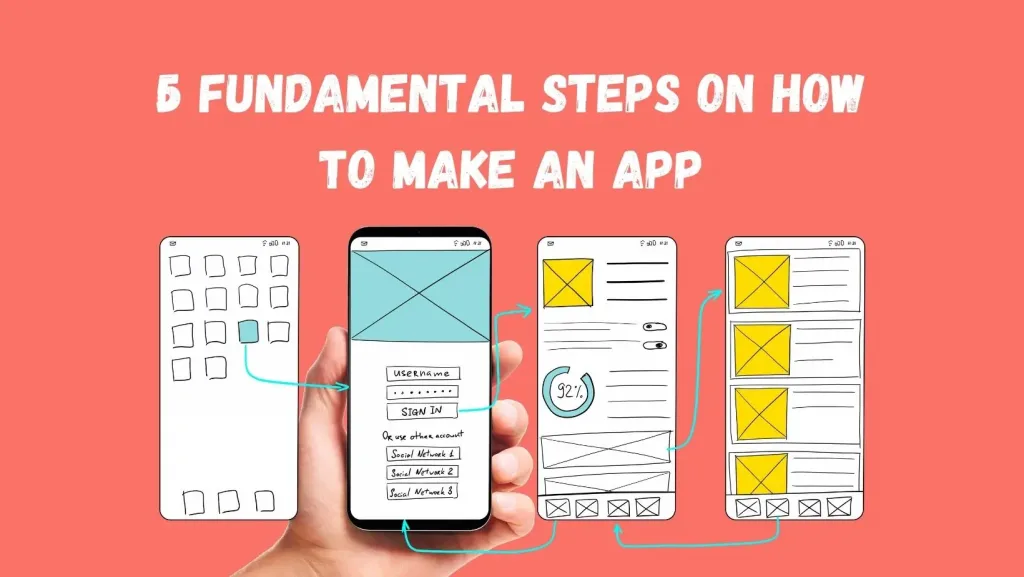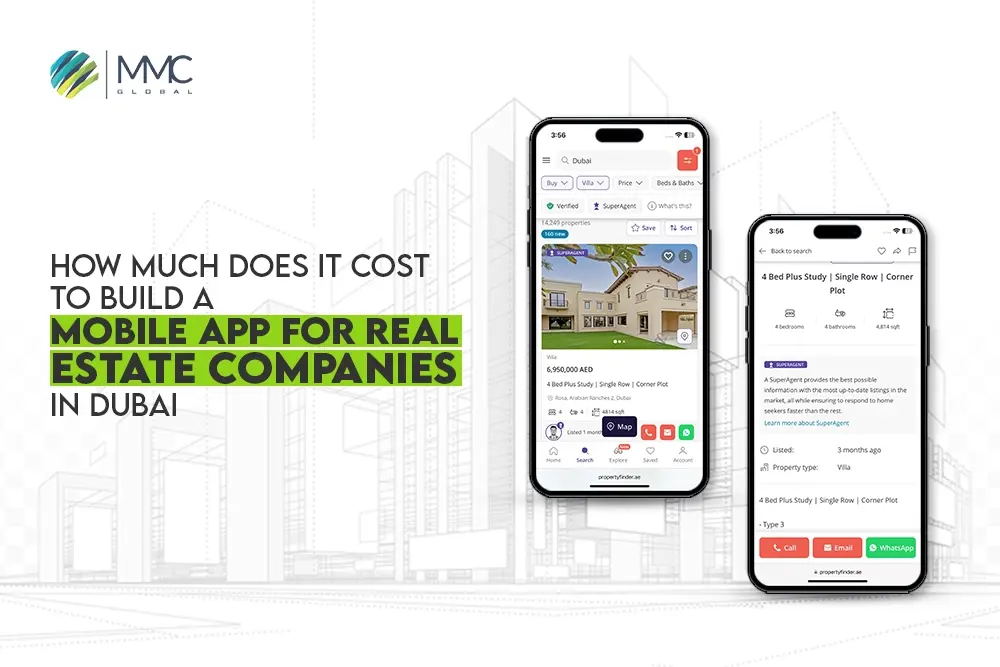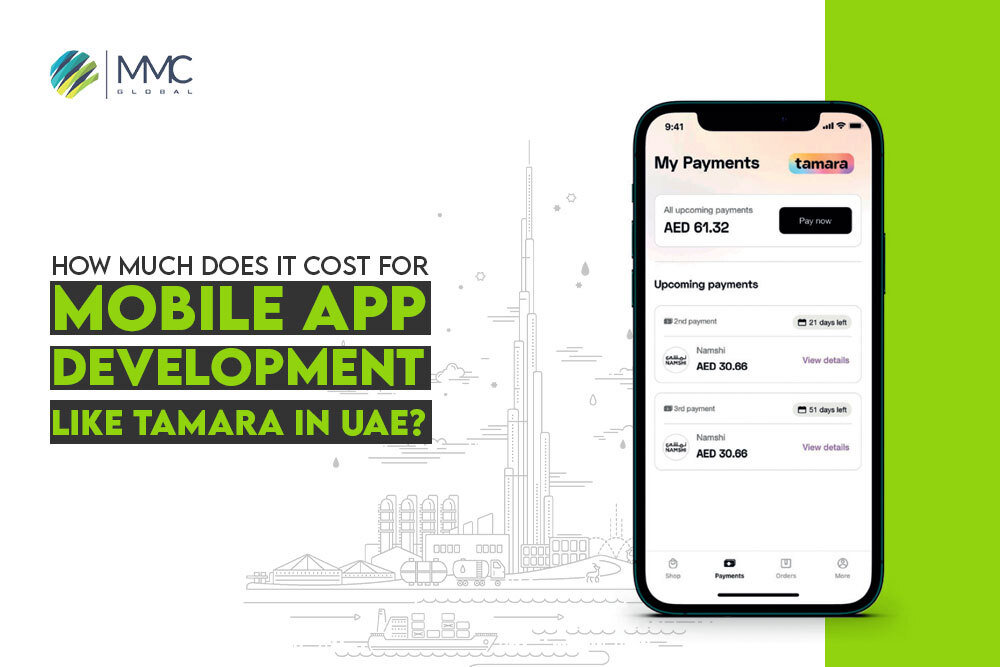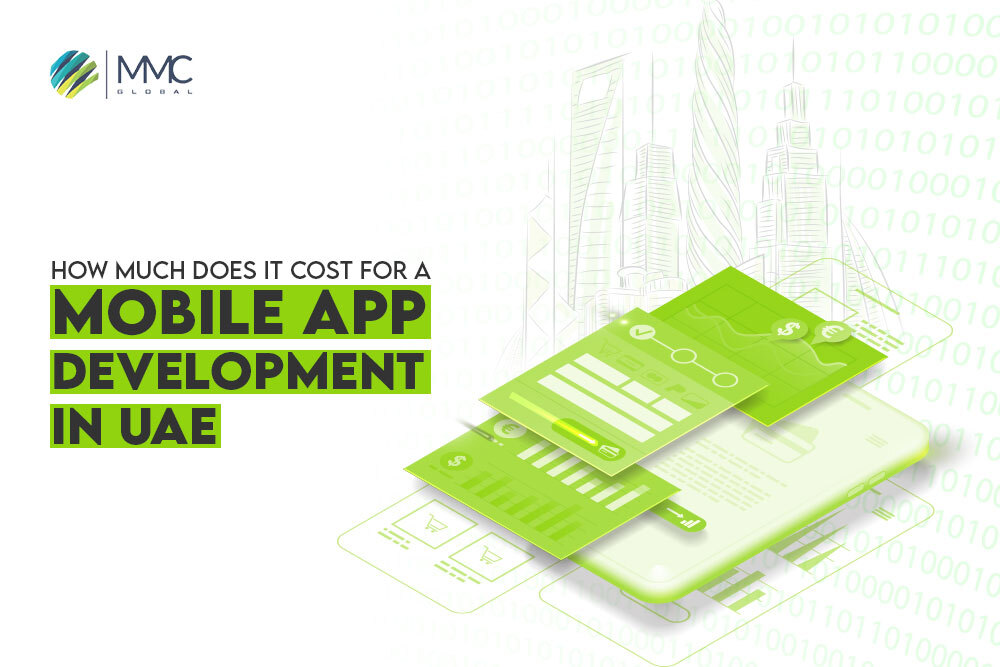The surging demand for mobile apps is the reason for 5.7 million apps on the Google Play Store as well as the Apple App Store. It is expected to reach this number to new heights due to the successive rate of pre-built applications that actually double the revenues. The mobile app industry also takes advantage of this opportunity and has been revising its mobile app development services parallel to the futuristic innovation.
At MMC Global, we are a leading mobile app development company with a hefty service portfolio for different industries. Our main focus is to provide a highly functional and robust mobile app that helps businesses run their operations. Furthermore, our contribution to mobile app development is getting immense as we have hundreds of clients around the globe.
In fact, there were 255 billion app downloads worldwide in 2020. We understand the market need that relies on dedicated mobile applications, which is why our mobile app developers have versatile capabilities to work on enormous technologies. Our workflow defines “how to create an app” in just 6 steps. These steps require resources, tech enthusiasts, time, as well as investments.
With a professional mobile app development company, your investment is worthy in terms of exceptional mobile app design, flawless mobile app development, cutting down on extra costs, and short-term project completion.
However, when we keep in stride with a streamlined process under the supervision of senior expert mobile app developers, everything gets simpler and more effective. If you plan to launch your business mobile app and are looking for how to simplify the development process with an outsourcing mobile app development company, this blog is for you.

Mobile App Development – A Digital Transition to Make Ordinary To Extraordinary
Let’s get a quick look at emerging stats of mobile app development in 2023.
- Most users have more than 80 apps installed on their phones. (TechJury)
- On average, about 32,000 new iOS apps are released monthly in the Apple App Store. (42Matters)
- There are 4.75 million apps available in the Apple App Store. (Statista)
- More than 2.9 million apps are currently available in the Google Play Store. (Statista)
Mobile apps allow smartphone users to put things at their fingertips. Whether you need a mobile app to manage business dealings, employees, or even to manage your home, every user has a specific need connected to mobile applications.
Businesses launch their mobile app to connect with their audience more closely. Industries like eCommerce, food and restaurants, banking, education, construction, real estate, logistics, healthcare, gaming & entertainment, and almost every industry look up to creating apps to expand their business.
Did you know more than 20% of all mobile apps in the Apple App Store are game apps—2X the number of business apps? (Statista)
If you belong to any of these industries and want to launch your business app, let’s dive into the 6 steps to how to create an app.
How To Create An App In 6 Steps
Let’s categorize and redefine the mobile app development process with the nature of the app that we make after years of experience.
Market Hunting & Business Analysis
In our initial meeting with our client, we first listened to the major goal of building an app for their business. Once we understand the need, we exchange the ideas associated with their imagination. Our research analyst thoroughly researches the market and generates more ideas to widen the scope of mobile app development. After discussing with the internal mobile app developers, we plan a process that simplifies uncertain queries about investment as well as the dynamics of your target market.
The market research and business analysis includes:
- Target audience analysis: Identification of end users by analyzing demographics, preferences, needs, and pain points.
- Competitive analysis: Examine existing related apps to analyze features and market position so that we can generate ideas to make our app more unique.
- Market trends and user surveys: Analyze industry trends and emerging technologies and collect surveys to know consumer behavior to scale up our development.
- Market size and growth potential: Measure the market size and evaluate the growth potential to set the benchmark of the revenue and ROIs.
Planning & Defining Project Scope
This step is crucial to both the mobile app development company and the project owner. Streamline mobile app development planning helps you understand the actual purpose and timeline of the project development. It helps to connect dots that incorporate with the actual product. This step comprises the following:
- Project scope: Define the app development scope to help you decide the project timeline and document a list of specific project goals.
- Technical Feasibility Assessment: Decide the core features and functionalities, tech stack, mobile app platform, and other technical aspects.
- Vision and mission statement: Creating a clear vision and mission statement to make everyone understand the objective of the project.
Designing & Prototyping
This is the actual phase when we get hands-on in mobile applications and kick off projects with UI UX design. App designing is a critical element, considered as a pillar of app development. It shapes our gathered ideas and gives us a complete look at mobile applications. It has multiple stages, such as:
- Low-fidelity design: It is a rough idea that UI UX designers create on a simple paper or a computer.
- Wireframing: The creation of a simplified, visual blueprint outlining the structure and layout of a digital or physical product is referred to as wireframing.
- High-fidelity design: High-fidelity design is a detailed and highly navigated representation of a product’s interface or layout, often including realistic graphics and interactive elements to resemble the final version closely.
- Prototyping: Prototyping design creates a preliminary model or representation of a product or system to test and refine its functionality and user experience.
Development & Integrations
Once designers deliver the UI of a mobile app, it’s time to take over the project to the mobile app development team, who have a good command of the decided tech stack. However, the technical team should be professionally capable of handling the whole project with sincerity. The team has always collaborated with other team members, including UI UX designers, project managers, and other team members. This stage includes:
- Frontend development: In frontend development, developers create the user-side display of the app. These dedicated frontend developers turn the UI design into a functional app with their coding skills.
- Backend development: Backend development helps build the admin side of the app where functional runs. Moreover, the backend developers create flawless code that allows the app to function at every click.
- Features & functionalities: Creating fully functional and navigated features and integrating third-party APIs if needed.
App Quality Testing
This step helps to refine your development and designing process by pointing out bugs as well as errors. It is the most crucial step to ensure the quality of mobile applications before handover to the client. Our dedicated team of quality assurance does manual and automated testing. Moreover, it creates multiple test cases to implement each test to a certain quality. There are numerous testing types, including:
- Functional Testing: Ensuring the app’s features and functions work as intended.
- Performance Testing: Evaluating the app’s speed, responsiveness, and resource usage.
- Usability Testing: Assessing the app’s user-friendliness and overall user experience.
- Security Testing: Identifying vulnerabilities and ensuring data protection.
- Compatibility Testing: Checking how the app functions on different devices and platforms.
- Regression Testing: Verifying that new updates don’t break existing features.
- User Acceptance Testing (UAT): Confirm that the app meets end-users’ requirements.
- Load Testing: Determining how the app performs under heavy user loads.
- Accessibility Testing: Ensuring the app is usable by individuals with disabilities.
- Localization Testing: Testing the app in different languages and regions.
- Deployment & Maintenance
After successfully testing, we move forward with the deployment process to make the app accessible and available for public use. Deployment on various platforms involves multiple stages, including development, testing, and production environments. Mobile app deployment allows users to use the application on their devices or through a web browser. It includes:
- Configuring the app’s infrastructure
- Setting up servers or cloud resources
- Releasing the app for installation or access
We also help you provide technical support and maintenance whenever your app needs it. Whether to upgrade versions, remove errors, fix bugs, or even upscale your mobile app, we are always here to assist you!
Ending Note
The above steps of mobile app development require a great exchange of ideas, a dedicated team, a cohesive and collaborative approach, and expert consultation. If you are looking for all these qualities to build a successful million-dollar mobile application, we are here to help! Our dedicated team gracefully pushes all boundaries in handling challenging projects and always delivers up to mark the end product.



